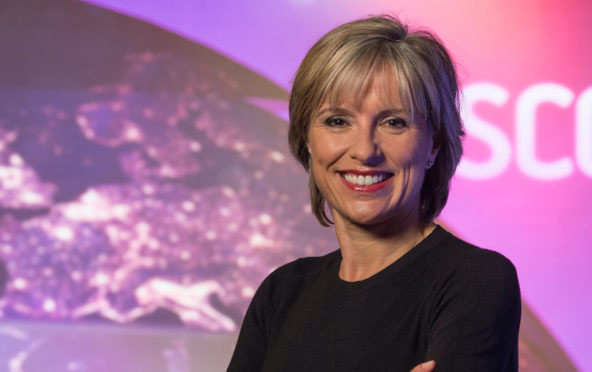
When you walk around a city, I wonder how many of us give any thought whatsoever to how it was designed or by whom? I don’t, but of course a lot of time and energy has gone into it.
So it was interesting to see that Glasgow has become the first feminist city in the UK. Councillors have passed a motion from Green councillor Holly Bruce which will see Scotland’s largest city making women central to “all aspects of planning, public realm design, policy development and budgets.”
What will this mean? Well, the councillor said: “For too long, our streets, parks and buildings have been designed by men. The apparently gender-neutral approach that we’ve used for centuries has meant that the perspective has become the default.”
The new feminist approach will mean that there will be attention to lighting dark places to create a safer environment for women after dark and widening pavements for prams, for instance.
I’m pleased to hear they’re going to improve street lighting. I was explaining to my husband the other day that I would often have my heart in my mouth if I was walking down a quiet road at night time, hyper alert for any footsteps behind me. And I worry about my young daughters making their way about the city late at night. As a man, he just hadn’t experienced the same fear.
But we shouldn’t be looking at planning cities from a totally female perspective, the whole of the population should be taken into account. We had an eye-opening segment on Scotland Tonight recently about the barriers disabled people face in their everyday lives.
A young wheelchair user showed us how he got around Glasgow and the obstacles he encountered. A section of fencing that made the pavement much narrower caused Sanjeev major headaches as he couldn’t just bypass it by going on the road. A big music lover, he was unable to go to some small venues as they simply weren’t accessible to him.
It really made me think about how difficult life must be. Annalu Waller, a trustee of Capability Scotland, also a wheelchair user, told us that although there had been huge improvements to make towns and cities more wheelchair friendly over the years, much more still needs to be done.
I had the pleasure of hosting Scotland’s Towns Conference last year and I was blown away by how simple ideas like creating areas to sit or planting some trees can completely transform how our urban spaces are used. This year’s event will shine a spotlight on the ideas and actions needed to secure a greener, more sustainable future.
Everything seems to come back to the environment and how we are adapting to tackle the enormous task of reducing carbon emissions. The eyes of the world will be on Egypt today as Cop27 kicks off. There, in the Red Sea resort town of Sharm el-Sheikh, the leaders will do a lot of talking about what action needs to be taken, then no action will be taken.
Or at least that’s what last year’s Cop in Glasgow felt like. It’s telling that Swedish activist Greta Thunberg is boycotting it this year, criticising the global summit as a forum for “greenwashing”. At least Boris Johnson is going though, so, you know, the planet is in safe hands.
A bold and brilliant move to make our cities safer and cleaner for everyone would be to ban cars from their centres. Some cities in Scotland are already trying to do this.
In Edinburgh for instance, plans are afoot to make Edinburgh’s George Street a completely pedestrianised area. And last week the International Energy Agency put forward a 10-point plan to reduce global demand for oil by 2.7 million barrels a day. Included in the plan is a ban on driving cars in cities every Sunday.
It’s a great idea. A gentle introduction to life without cars. We had a taste of what city life is like with very few vehicles during the pandemic when the streets were so eerily empty. I’d love to see that again.

Enjoy the convenience of having The Sunday Post delivered as a digital ePaper straight to your smartphone, tablet or computer.
Subscribe for only £5.49 a month and enjoy all the benefits of the printed paper as a digital replica.
Subscribe